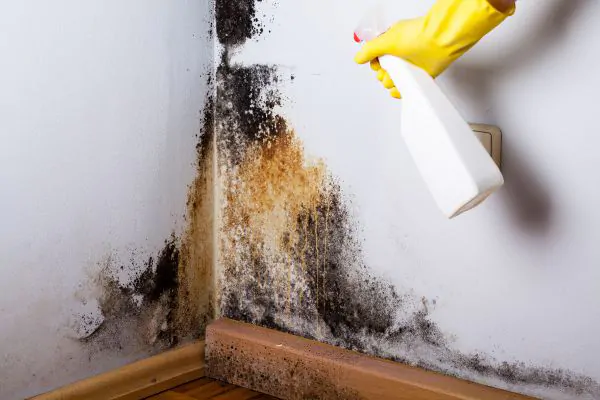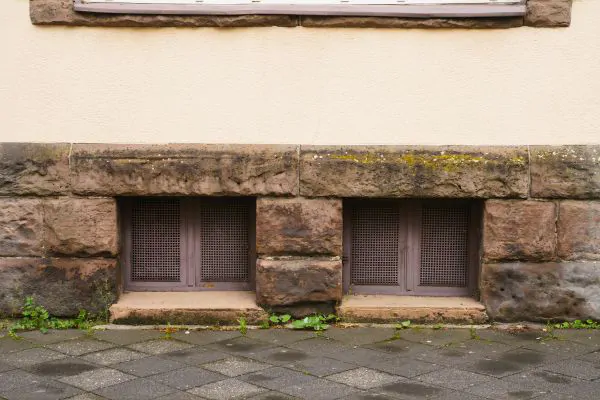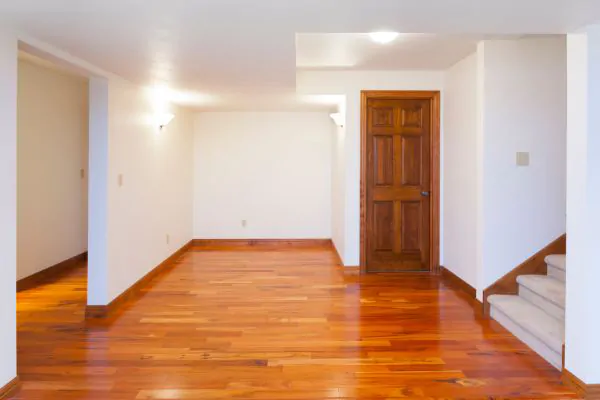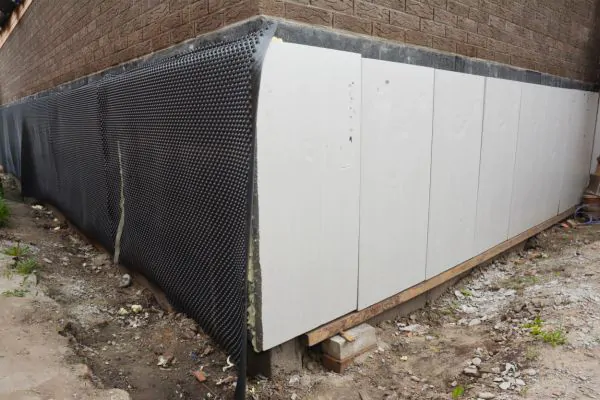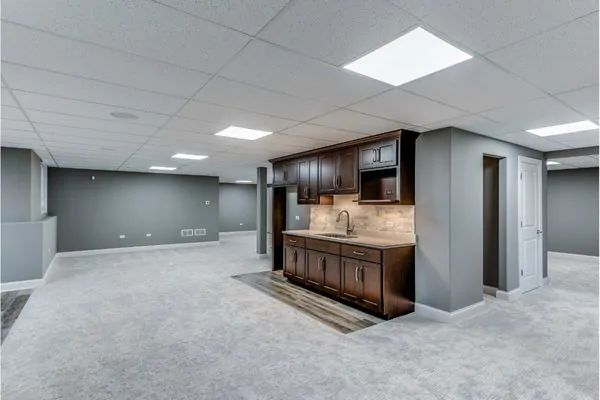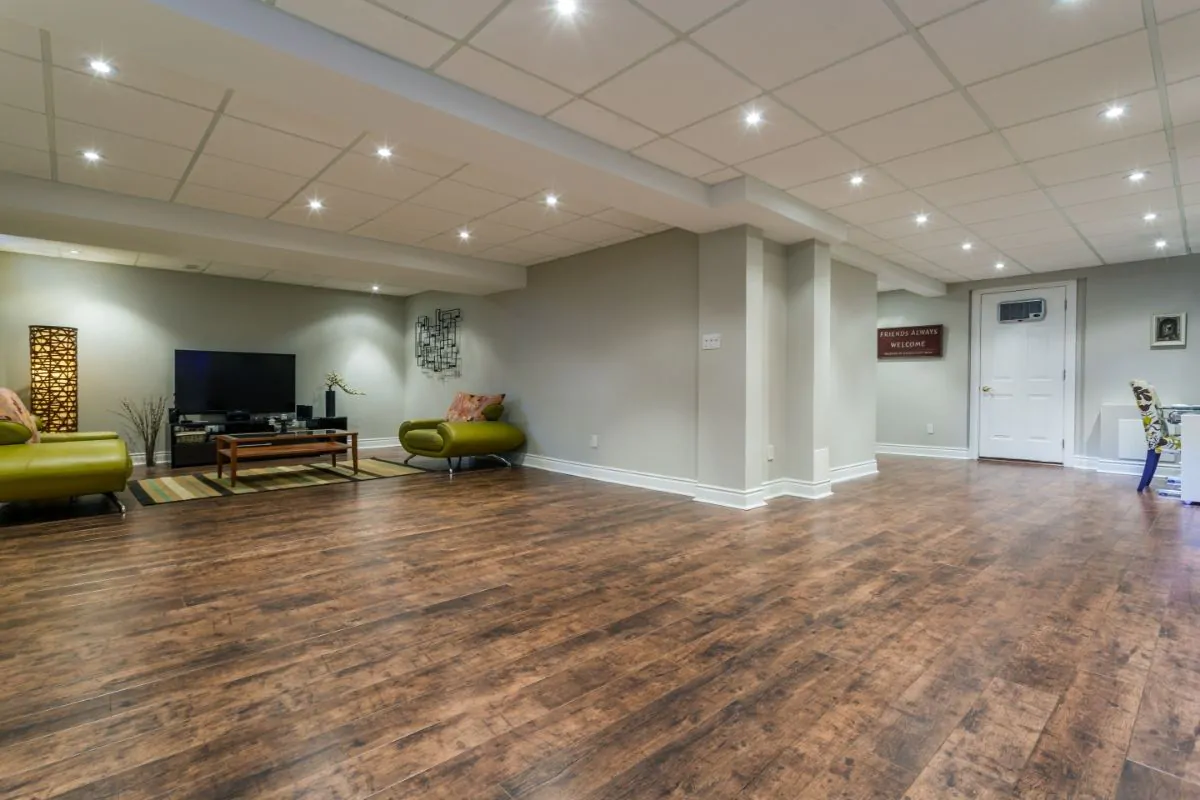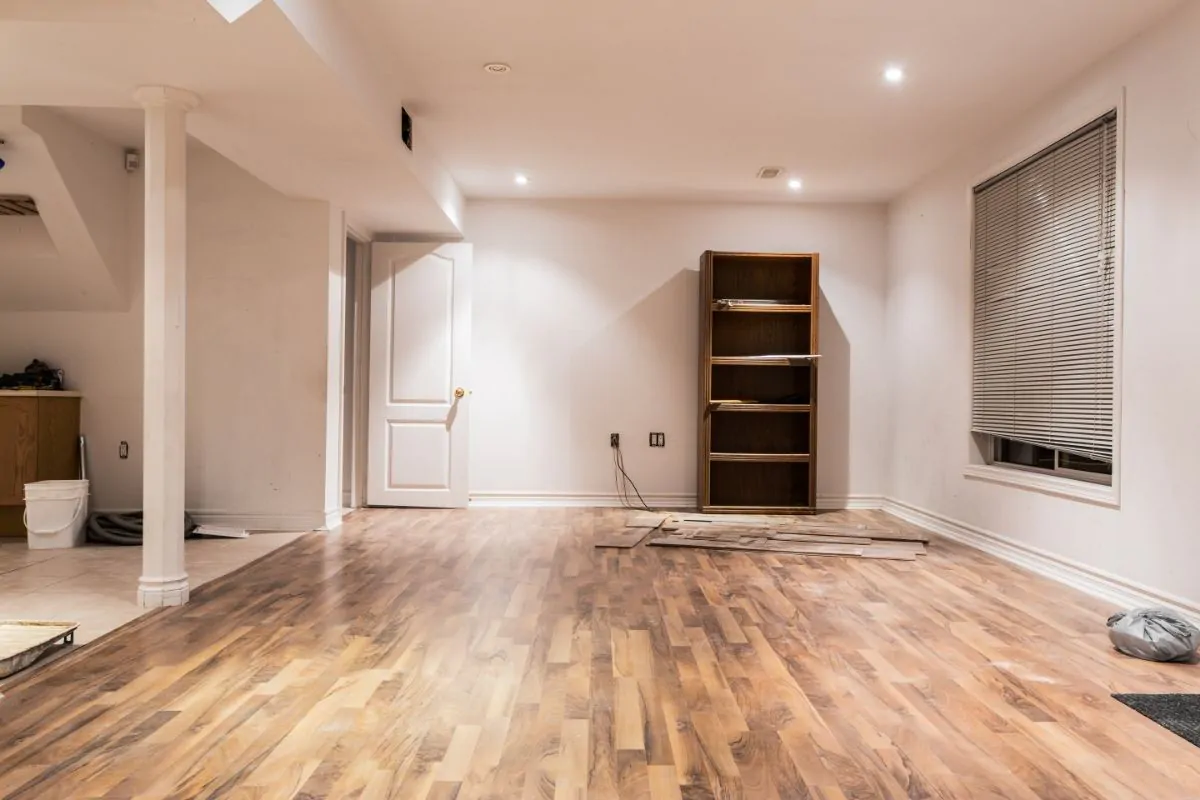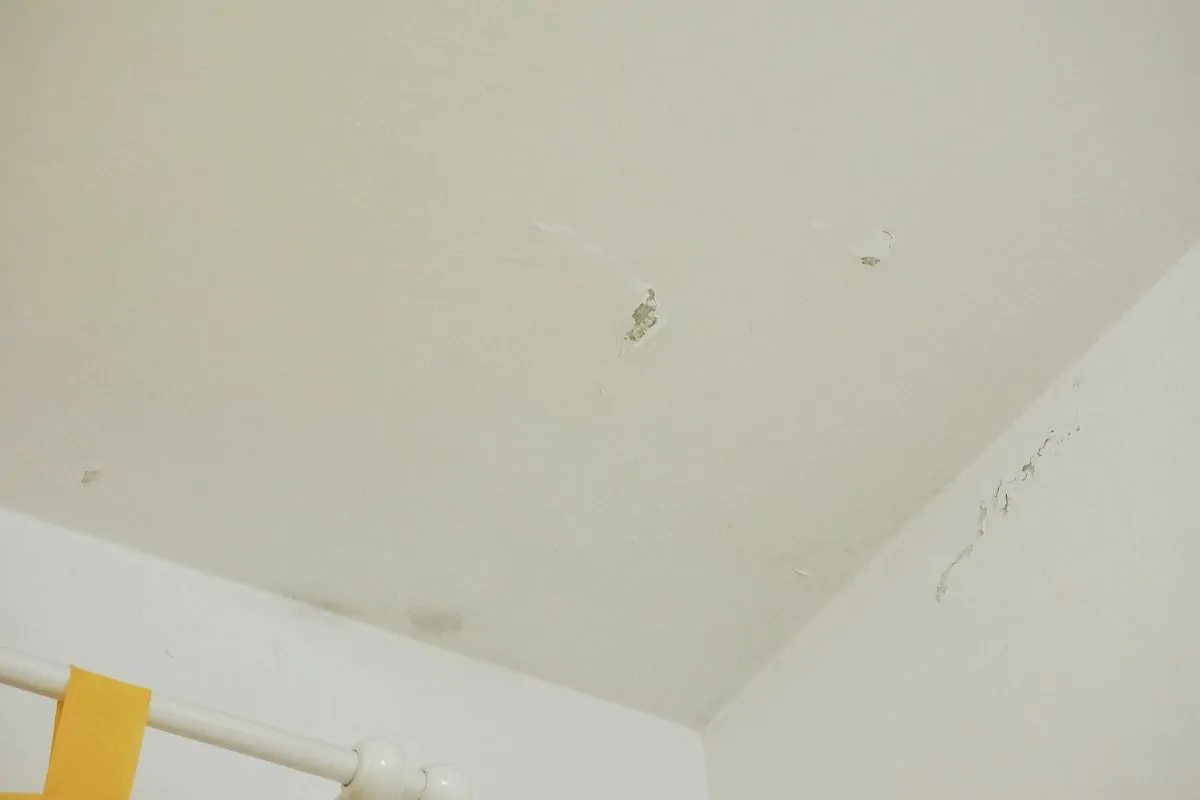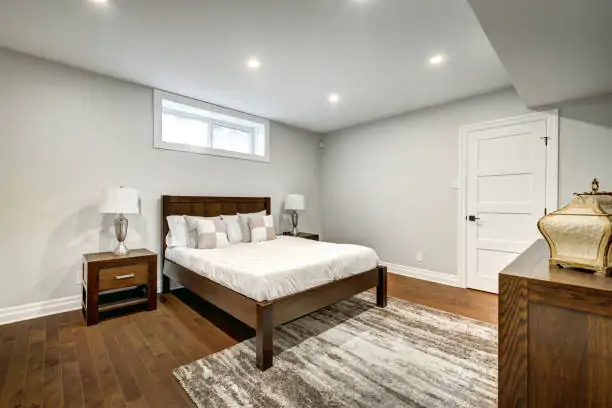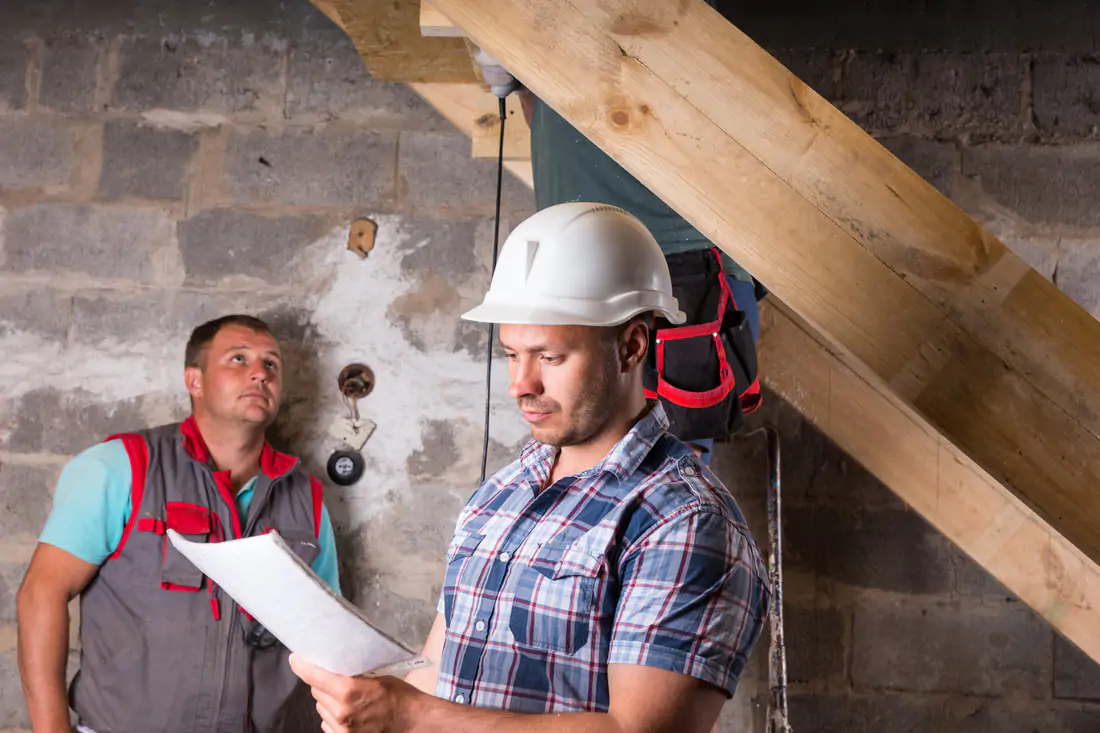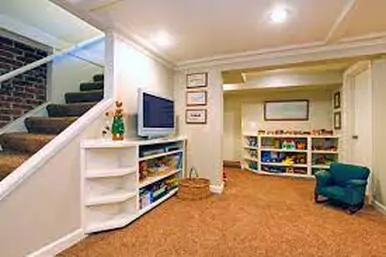
How do you hope your basement will turn out once you’ve finished it? Is it your dream to convert this space into a hobby room or home theater? Or perhaps, you would like to make it into an extra guest room.
And yet, before you can enjoy imagining these things, you must first deal with thorough basement renovation preparation. Walls and pipes can only be installed after completing structural work. With that, numerous factors may arise while finishing a basement, making the task more difficult.
If the building is old or poorly constructed, there could be problems with the foundation, high ceilings, wiring, sewage, or other fundamental concerns. These issues must be resolved before finishing an old basement to guarantee safety and beauty.
So go over this article and learn about the different steps to finishing a basement.
#1: Examine Your Foundation
Home construction shouldn’t begin until the foundation’s condition has been determined. Without proper repair, issues with the house’s foundation can cause extensive damage throughout.
Whenever you notice cracks in your foundation, walls, floors, or doors, stuck windows or doors, sloping floors, or bending walls, it is time to repair your foundation. Have a professional team of basement finishing contractors conduct a structural inspection, as they can best advise you on what basement essentials to prioritize.
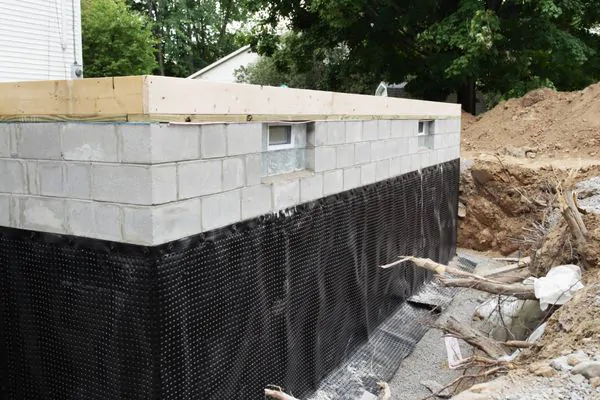
If you don’t, the safety and stability of your home will be at risk, making your basement renovation even harder. Among the indicators of major foundation problems are:
- Exterior walls with cracks, bulges, or curves
- Horizontal cracks
- Doors that do not adequately latch
- Stuck windows
- Cracks on any of your home’s floors
- Fractures in the floor
- Sagging or sloping floors
#2: Remove Water Problems And Moisture
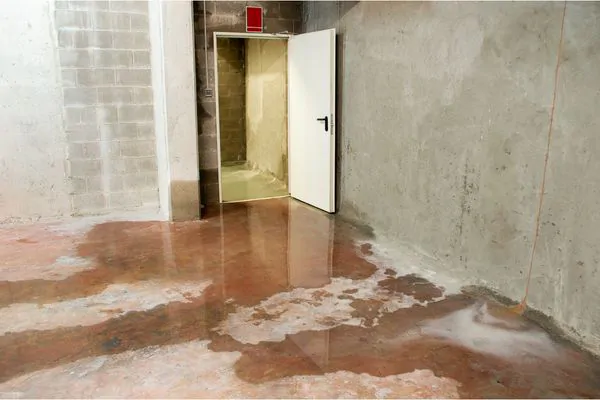
Carefully inspect the walls, roof, and flooring for evidence of water damage. Leaking pipes in your basement essentials or yard sprinklers commonly go unchecked, leading to mold, damage, and foundation shifting. So before attempting to finish a space, handling incoming water or excessive moisture is necessary.
Water can cause damage to insulation, drywall, and carpets, as well as mildew and rot. Consider installing a backup battery or generator if you need to waterproof your basement in the event of a power loss. The only way to guarantee that your new basement will not be harmed is to obtain a permanent basement waterproofing system from a trained professional.
#3: Insulate Correctly
As homeowners spend less time in their basements, they frequently compromise insulation. However, that is a grave error.
Basement insulation is associated with significant energy savings in cold and mild climates. Your HVAC system will work more efficiently to cool or warm your house, and the insulation will protect your home’s foundation and structure from the elements.
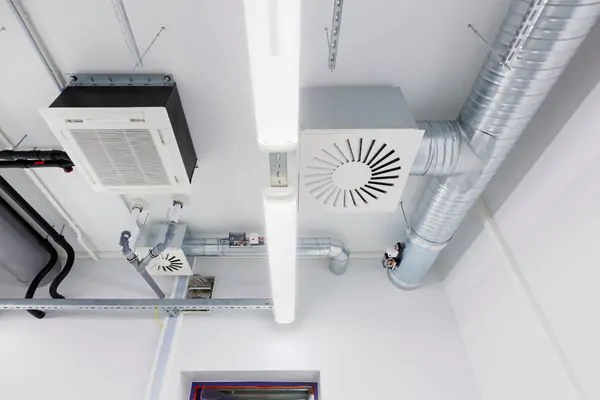
You can choose between fiberglass batts and spray foam as insulating material. In most situations, spray foam insulation is the most efficient option. It plugs all the cracks and gaps that would otherwise allow drafts and condensation. A more energy-efficient home may be more costly, but it will pay for itself in the long run.
#4: Check the Ceiling
In this case, it’s crucial to have some idea of what to consider when finishing a basement. Take the height into account first. Because older buildings were not required to meet the rigorous fire requirements of newer construction, finishing a basement may result in a low ceiling.
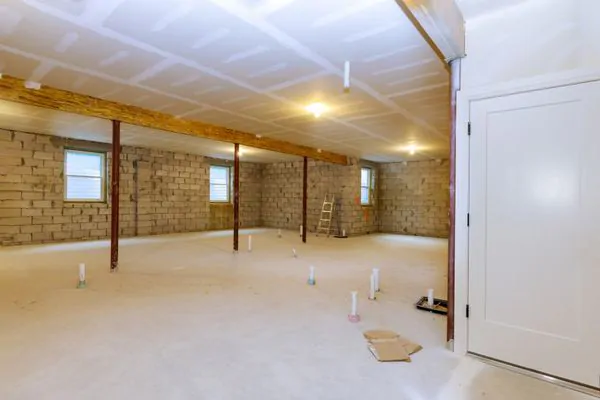
Discuss your alternatives with a professional basement finishing contractor in your area before raising the ceiling to comply with fire rules or for comfort. You may encounter constraints that make this impossible, delaying or altering your design ideas.
You should also think about how easy it will be to get to the plumbing and electrical lines, which usually run all along the ceiling of a basement. You can’t stop people from using these important features, but you also do not want to leave them open. Typically, these situations involve suspended or dropped ceilings.
This strategy has both advantages and disadvantages, the negatives being that the space may appear more like an office than a basement and that it may reduce the room’s height. On the plus side, it works well and doesn’t require you to put an ugly access panel in your ceiling.
#5: Plan Forward
When finishing your basement, you should be sure to plan. Find out if your city needs permits for the repairs and make a calendar or schedule to ensure each step is done right.
Determine the reason for the renovation. What do you intend to accomplish with the space? Can the components of your design fit within the home’s structure? Having reasonable expectations for the project can help you stay on track as you construct your dream basement.
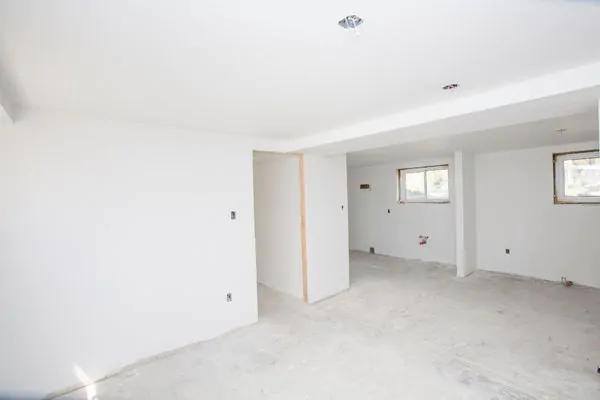
Looking For Best Quality Basement Remodeling Services?
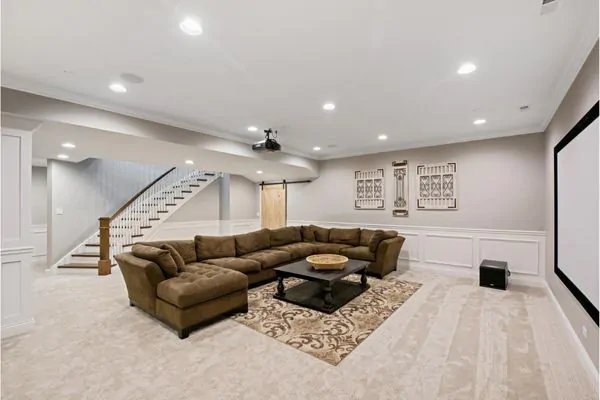
Do you need clarification on how to plan to finish a basement, or are you uncertain about what to do? No need to worry because South Shore Basement Finishing has got your back! We offer a comprehensive suite of basement remodeling, renovation, and finishing services, making us the go-to firm in the industry.
Indeed, if you want the best basement finishing services on the South Shore, call us immediately at 781-217-3411, and let’s start working!





